|
Old New Mexico - Taos, Santa Fe, Albuquerque, Chaco Cultural Center New Mexico is a state rich in history. I have great respect and admiration for cultures who preserve their history and continue embracing it and incorporate it into their lives, especially in this ever-changing world where many have lost their pasts and their traditions. I have always been particularly fascinated with Native American culture since a young child. Visiting New Mexico, a state which embraces and preserves its history, has enriched our journey across this great country. When I was in my early twenties and newly married, we were stationed at the Air Force Base in Clovis, New Mexico, at that time I was not as interested in New Mexico and its history, in fact, I found the area dry, hot, and boring. Today, I am grateful for this chance to revisit it and that years of wisdom has provided me the ability to appreciate it, something I should have done when I was younger and more ignorant. Old Town - Albuquerque The historic heart of Albuquerque is Old Town Plaza, where the pace slows and pedestrians find refuge from fast traffic. Old Town's official beginning took place on April 23, 1706, when Francisco Cuervo y Valdés, the Spanish governor of New Mexico, certified the founding of the Villa de Alburquerque. Spain's Laws of the Indies, in effect at the time, required setting a plaza at the center of any villa. - Visit Albuquerque We visited Albuquerque in the Spring of 2022 as part of our Route 66 tour. No visit is complete without visiting Old Town Albuquerque. Even though it is more of tourist destination now, there are still bits of history peaking through. The shops and restaurants lure tourists in to purchase their wares, but for me, it was a journey through time. Chaco Culture National Park For all the wild beauty of Chaco Canyon's high-desert landscape, its long winters, short growing seasons, and marginal rainfall create an unlikely place for a major center of ancestral Puebloan culture to take root and flourish. Yet this valley was the center of a thriving culture a thousand years ago. The monumental scale of its architecture, the complexity of its community life, the high level of its community social organization, and its far-reaching commerce created a cultural vision unlike any other seen before or since. Our son recommended that we visited the Chaco Cultural Center, a National Park located in NW New Mexico. The drive to the park was a nineteen-mile long dirt road, but when we reached our destination we were awestruck by the landscape and grateful we arrived. This magical place is filled with history and deserves to be remembered. I had to use my imagination of what it must of been like when hundreds of people lived there - The river was flowing and was filled with fish. Wildlife roamed the area. It was filled with activity, each tribal member playing an important role. Today, the remnants from a culture long past, resonated of a people with deep traditions and community. I was grateful for the preservation of this unique and amazing cultural center. Taos, New Mexico Today, Taos is a community overflowing with a long proud history, three cultures living side by side, and a heritage of colorful people. Its diversity makes Taos a very interesting and desirable place to live and do business. - Learn more about the history of Taos Taos has been at the top of places to visit since I was a young girl, along with Santa Fe. I am not sure what originated that longing, but it has always been there. Taos is a mix of cultures, which makes it an interesting place to visit. You will find a large mix of Native American and Spanish influence mixed with earthy-type hippies, and dumpy areas outside of town filled with run-down RVs and mobile homes. The Old Historical Plaza in downtown Taoes, much like the one in Albuquerque and Santa Fe, is a look back into time, yet caters to today's tourists. Shops and restaurants are littered throughout the plaza, which extends down a variety of side streets and often mixed in with residential and office spaces. The Adobe buildings are prominent in the area. A must visit is the San Francisco De Asis Catholic Mission Church. And we enjoyed learning more and The Earthship Biotecture home just outside of Taos. Not to mention the surrounding areas filled with natural beauty. Taos promotes itself has a town full of history, which is true and still remains, but also art and they have a well-known ski resort. Located at the Base of the Sangre de Cristo Mountains, Tao seems like it is in a world all to itself. Taos PUeblo Hugging a small branch of the Rio Grande River, Taos Pueblo is a centuries old Pueblo Indian settlement. A powerful reflection of the cultural interactions between the American Indians and the Spanish, the pueblo provides remarkable insights into the heritage of the American Southwest. Its adobe residences and religious structures have survived since as early as the 13th century. The best preserved of the pueblos found north of the borders defined by the Treaty of Guadalupe Hidalgo (1848), Taos Pueblo symbolizes a culture whose traditions originate with Anasazi Indian tribes that once lived in Arizona, New Mexico, Utah and Colorado, and whose descendants still reside there today. Taos Pueblo is a thriving traditional community of Pueblo Indians that has survived with its cultural integrity intact for hundreds of years while borrowing from Spanish and Anglo American cultures over centuries of contact. The ancient pueblo is a stunning example of traditional Native architecture that has retained most of its original appearance through the efforts of the community's resistance to modernization and outside influence. - Taos Pueblo a National Historic Site It was here, where I felt history pulling me back in time, the strongest. The Taos Pueblo is a Living Pueblo, still practicing many of the same traditions from thousands of years ago. Some modernization is evident but each home still has no running water, no plumbing, and no electricity. As many as 150 residents live there during certain seasons. Some of the homes have been converted into art studios and shops for tourist to spend money and help support the history and make a living. I was so immersed in the history, I found it hard to leave. I could spend hours here learning more about the people and their traditions but out of respect I did not want to intrude. It was also here where I felt the most grateful - grateful they still practice their traditions and teach each generation their culture and all it stands for. Santa Fe Santa Fe is the oldest capital city in United States and the oldest European community west of the Mississippi. While Santa Fe was inhabited on a very small scale in 1607, it was truly settled by the conquistador Don Pedro de Peralta in 1609-1610. We only had an afternoon in Santa Fe so naturally we visited the Old Historical Plaza. I wished I had visited many years ago, long before it became the popular and over commercialized place it is today. The history was still present but it was often overshadowed (for me anyway) with the crowds of people and the blatant commercialism of today's society and stores filled with items to rich for most people to enjoy. The highlight of our visit was the Native American father and his two children performing in the central plaza park. He told stories of their origins for each dance and went on to explain why he teaches the dances to his children today. He often commented on how important it is to teach children their history and what it means for them now. For me, history is an important part of who are today. It is an important reminder of who we were and why we should remember. The Taos Pueblo was a visit back in time but it also showed how history and today can blend together, keeping what once was while embracing what is.
0 Comments
In the past, Route 66 was a bustling road. Winding its way through the small (and large) towns of America, it introduces travelers to places many would never have visited. Bright Neon lights lit up The Mother Road, inviting visitors to linger and enjoy what the town had to offer. Bars and restaurants overflowed with laughter, food, drinks, and music. Shiny cars sparkled as they cruised up and down the route, showing off for all to see. The streets were lined with small businesses, each vying for travelers' attention and their pocketbook. Local businesses that contributed to their community. But then the interstate came and pretty much crushed the heart of many of these small towns. Some are trying to recapture days long past, attracting a new (and old) generation of Mother Road travelers, some just let the road wither away. Albuquerque has been successful in merging its past while creating a present that attracts young and old to enjoy Route 66 the way it is meant to be. Neon lights brighten the skyline for miles, showing off the Route in all its glory. Bars, restaurants, small businesses, and renovated theaters, are all seeking to capture the attention of locals and tourists. Some of the motels that once lined the route have been renovated into small businesses or small apartments, keeping some of their lusters and preserving their iconic history. Gas stations no longer line the route, replaced by newer chains, but the feel of the old stations, now converted into some other form of business, still remains. Albuquerque is a Foodie haven and Route 66 embraces its history, offering delectable dishes in true New Mexico fashion. Everywhere you go, the smells of Route 66 entice you to enjoy a good meal. It was a Friday night in downtown Albuquerque when we visited. The historic Kimo Theatre was having a grand reopening to show off its new updates and renovations. The sides streets were closed off to crossing traffic and Route 66 turned on the lights. Cruisers slowly make their way up and down Central, just like they did in the past. The sidewalks are lined up with pedestrians, all dressed up for an evening out on The Mother Road. Music was dancing out of the bars or out of the cars cruising the avenue. The smell of New Mexico dishes captured the attention of people walking by, tickling the senses to come inside. Route 66 was ALIVE and HAPPENING, just like it used to be. Locals said that Albuquerque had done a great job of renovating downtown and Central Ave (Route 66) bringing back its vitality for many to enjoy. They were right. As we walked along Route 66 in Nob Hill, I could see much of its 66 nostalgia, now mixed in with hip new businesses creating a hipster vibe and an invitation for the younger generation to create the next 66 legacies. We then visited Old Town, now surrounded by new and old, hanging onto much of its history, giving visitors a view into the past. Little Alleys draw you in to explore and shop. A variety of small businesses vying for attention line the plaza and alleyways. But it was the beauty and colors that captured my attention — and my camera. Albuquerque embodies the past of Route 66
while retaining its history for all generations to enjoy. |
Join Us
As we roam the roads and highways, looking for that next fantastic stop, keep track of our travels in our Airstream - Betty Jo Archives
October 2023
Categories
All
|
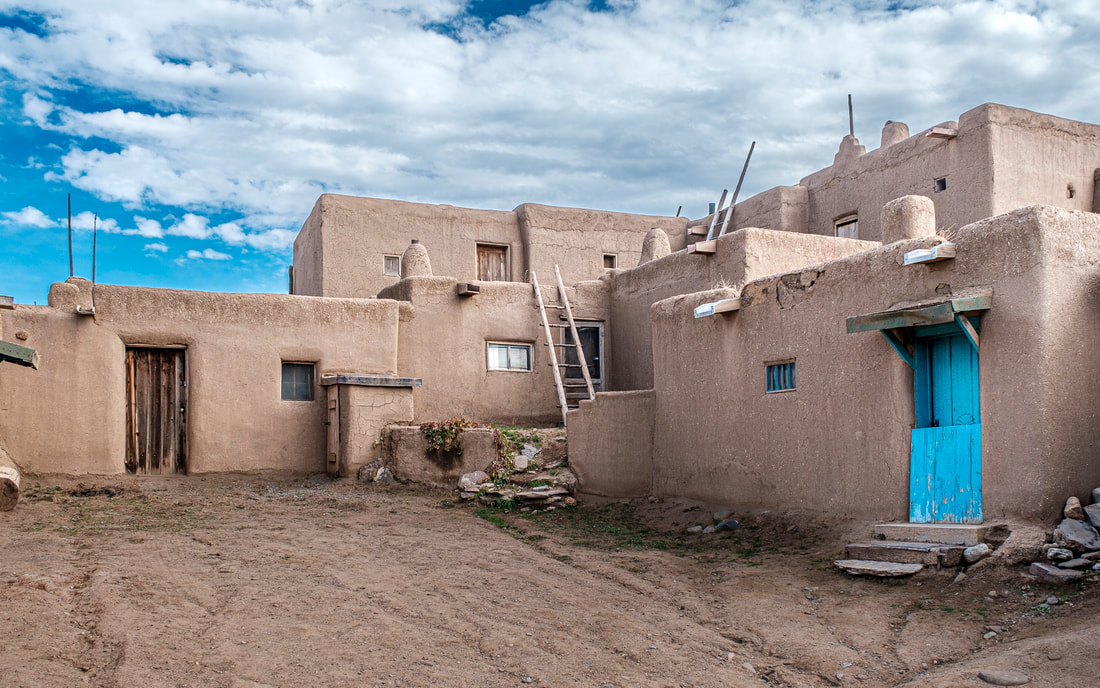
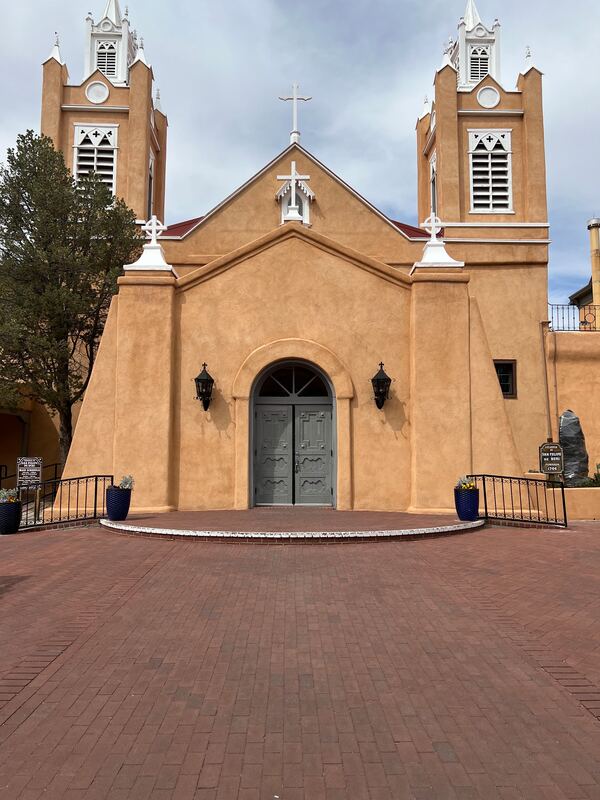
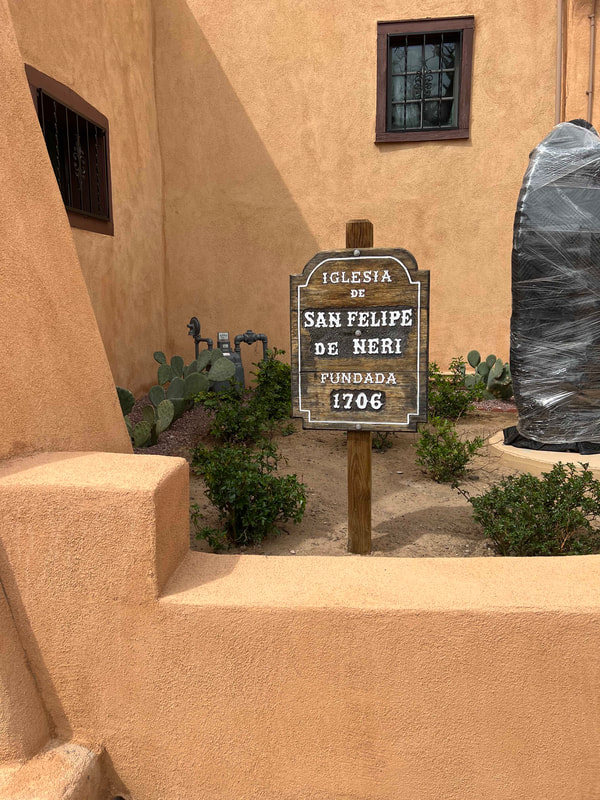
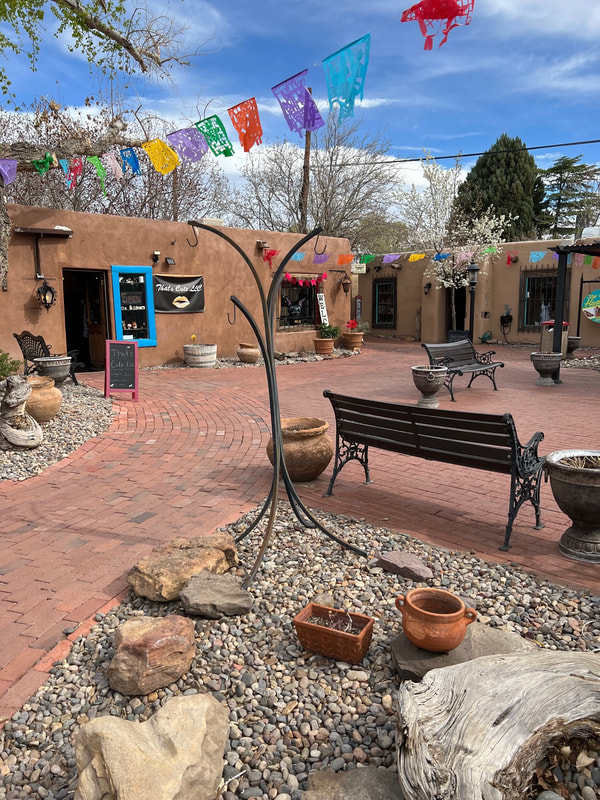
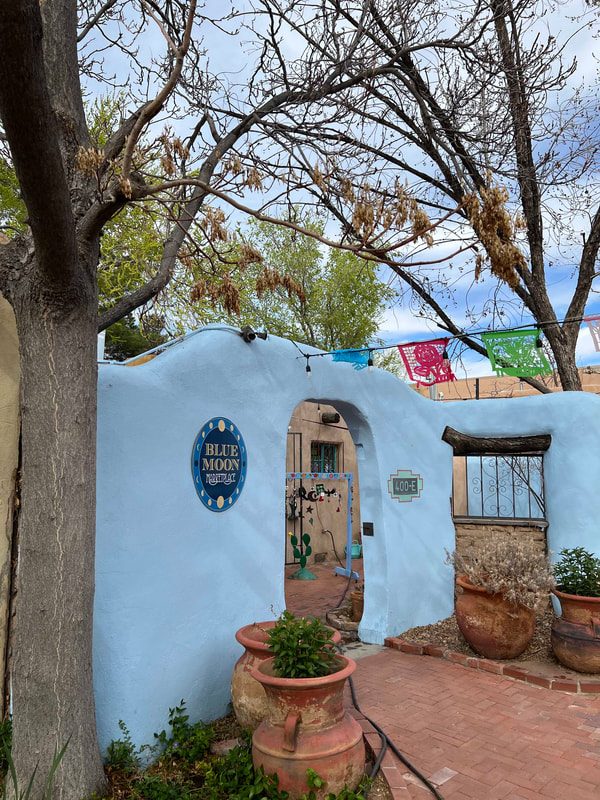
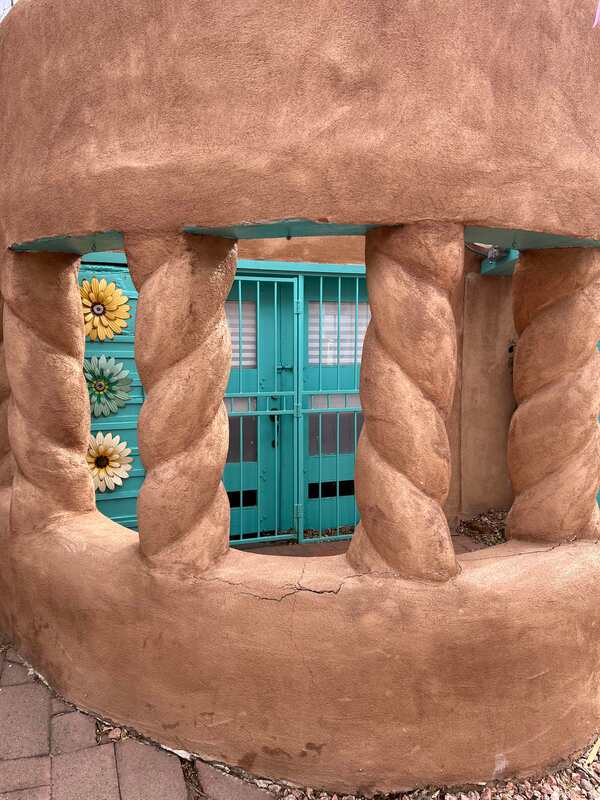
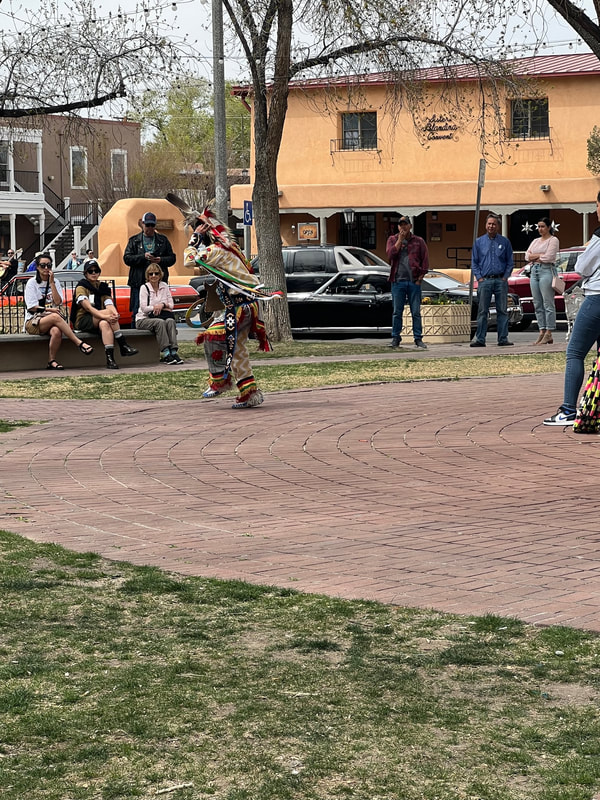
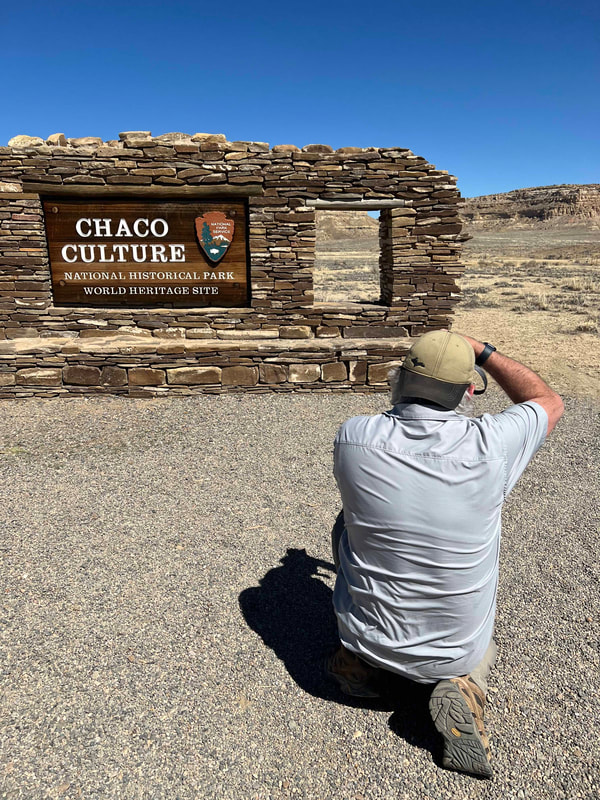
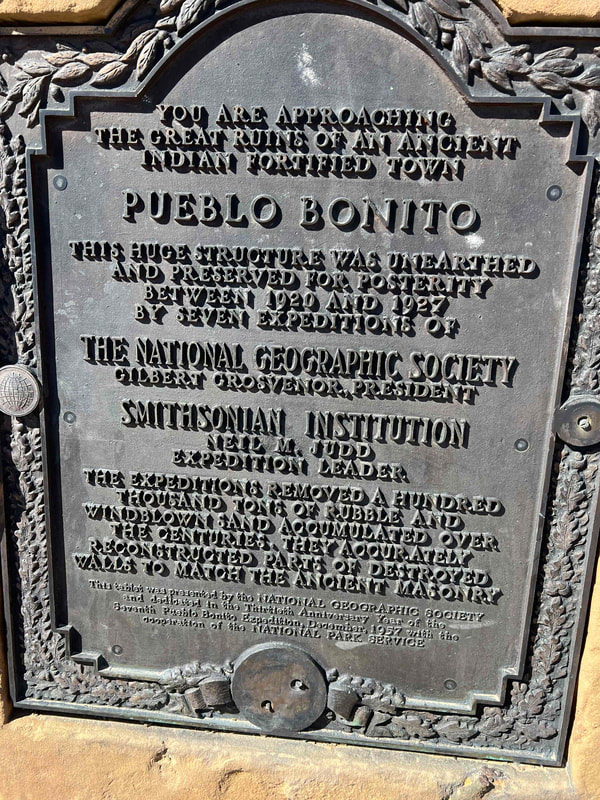
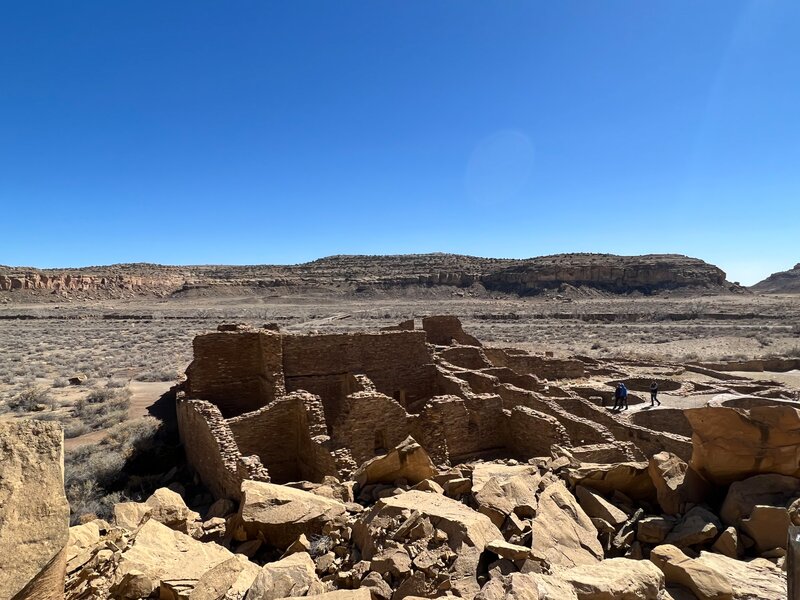
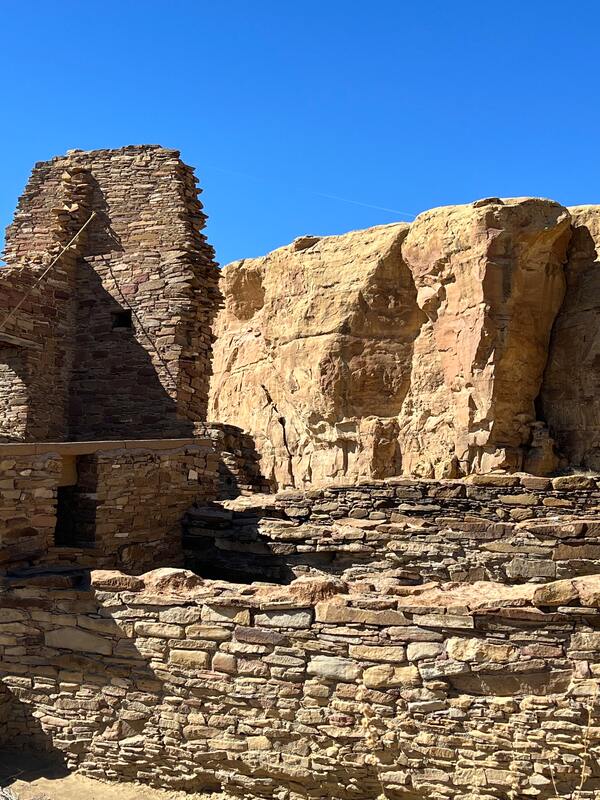
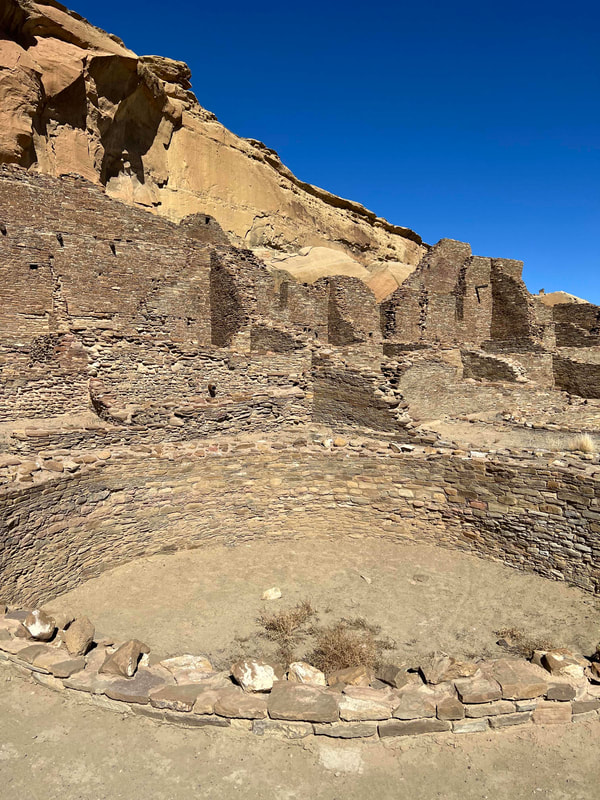
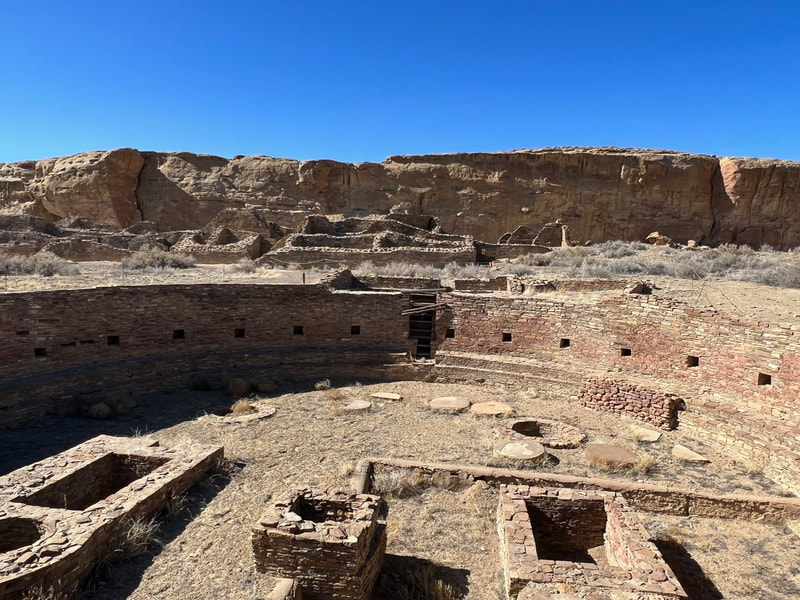
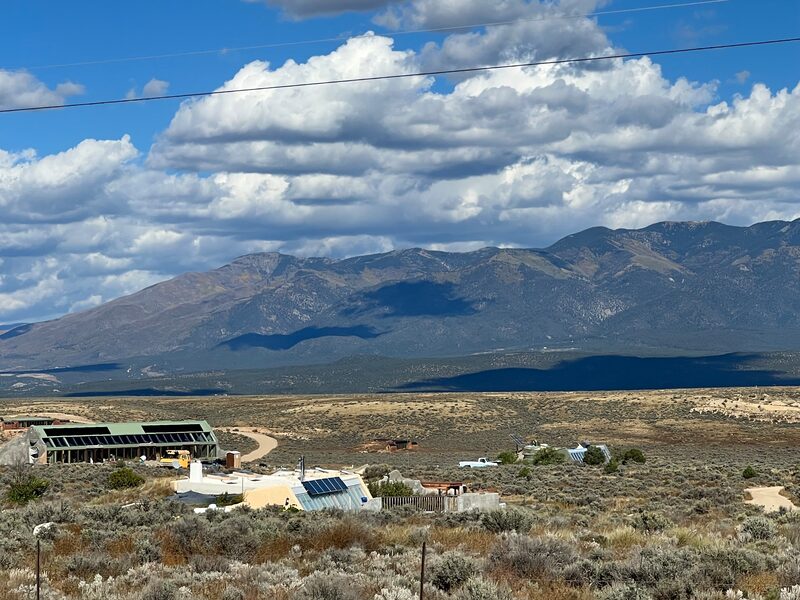
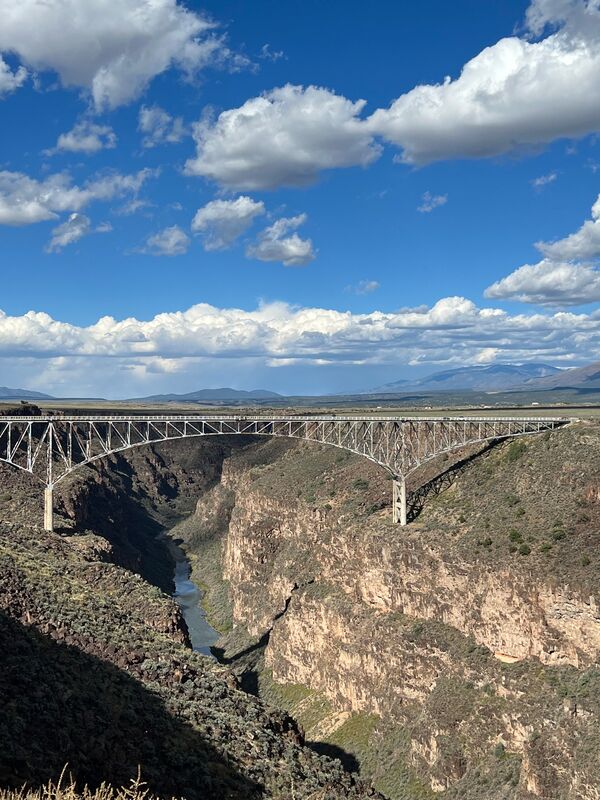
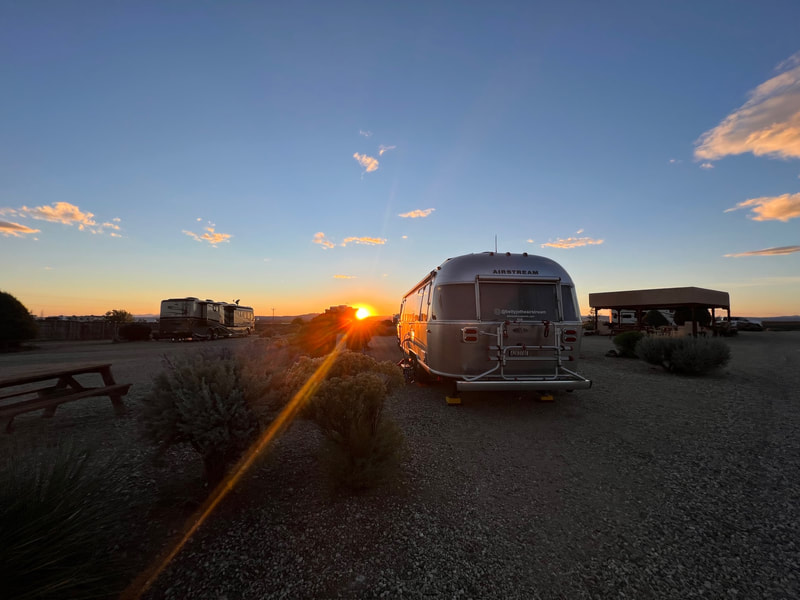
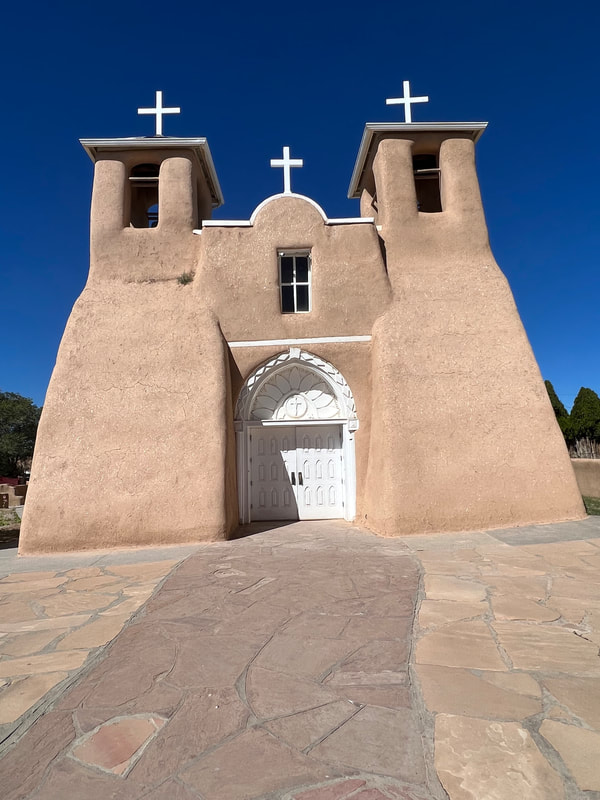
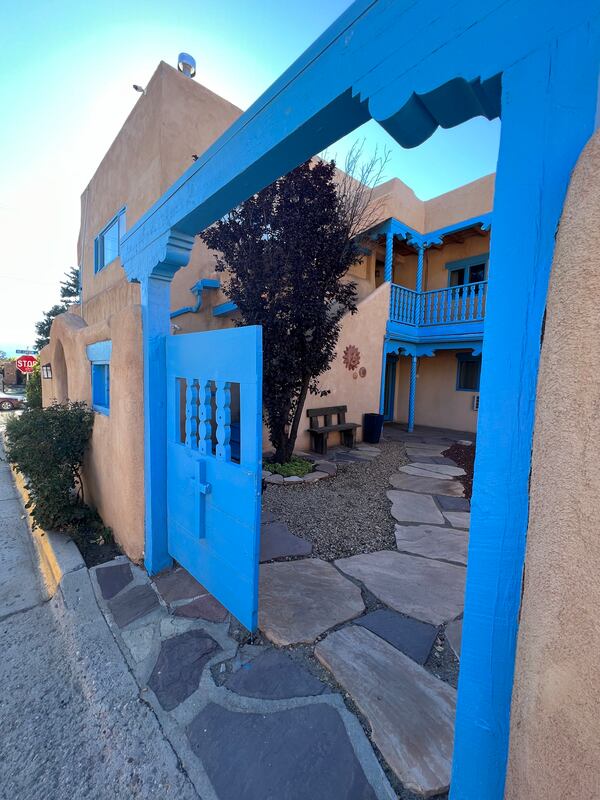
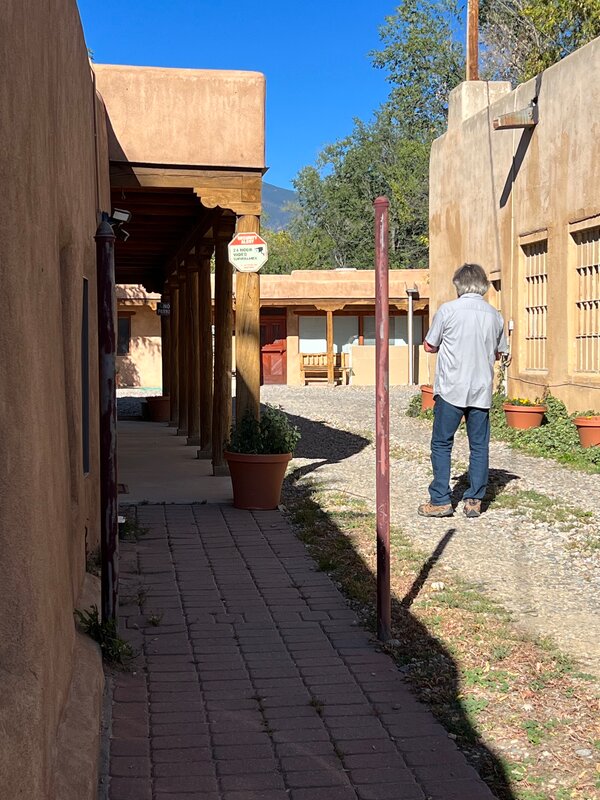
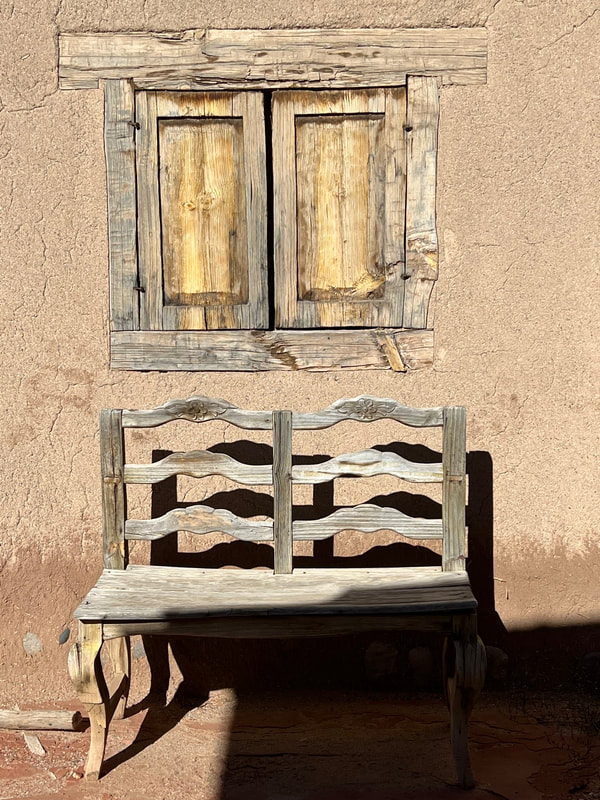
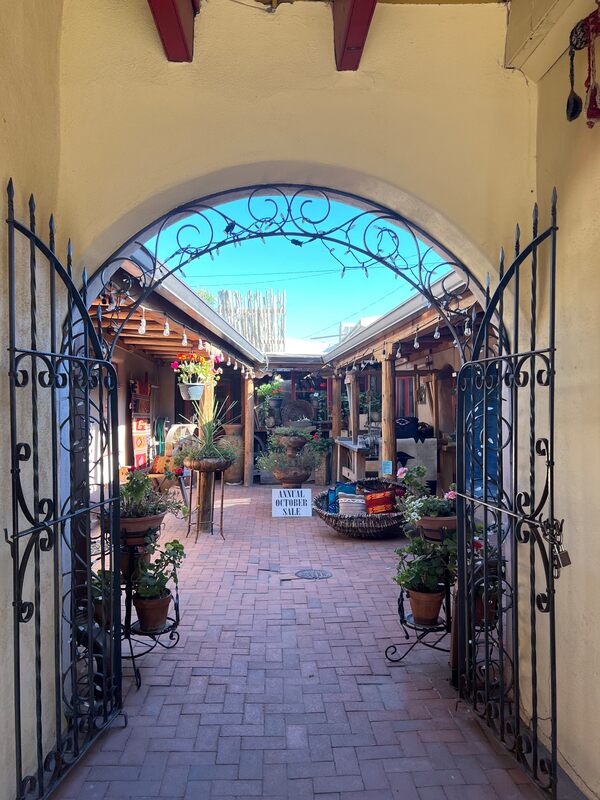
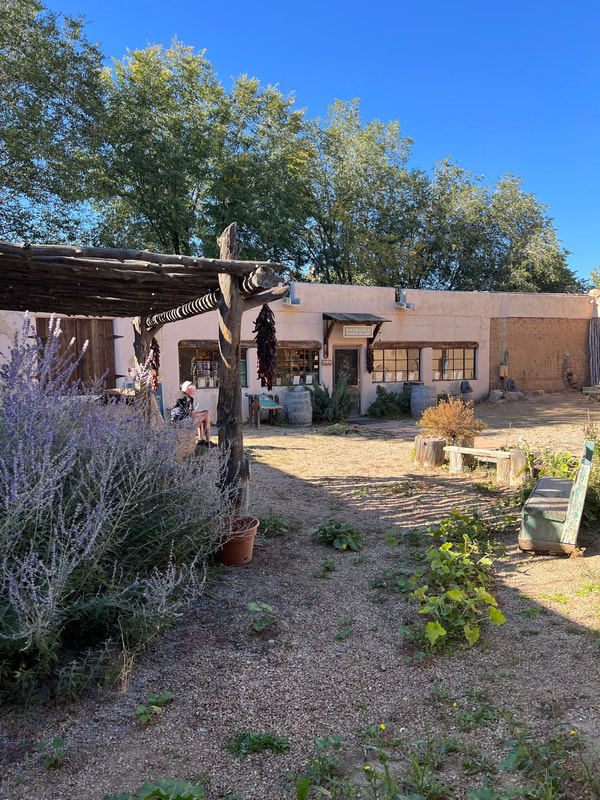
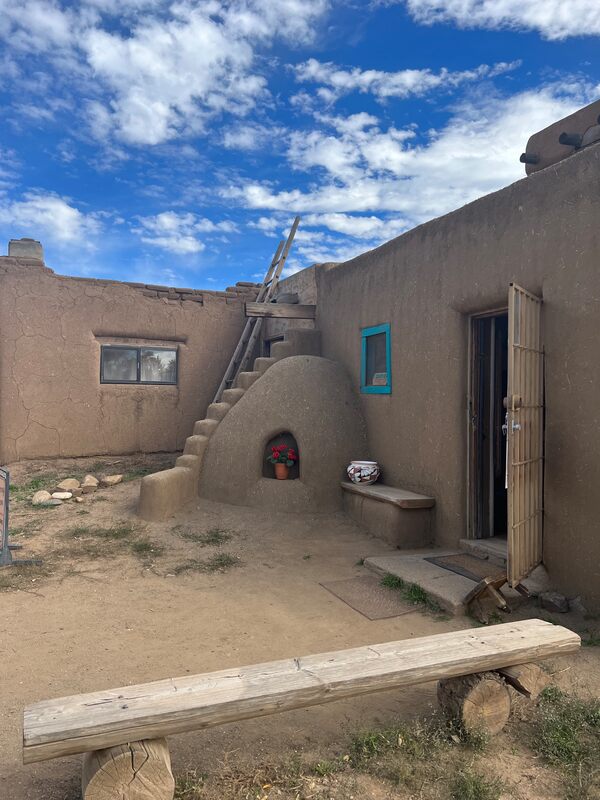
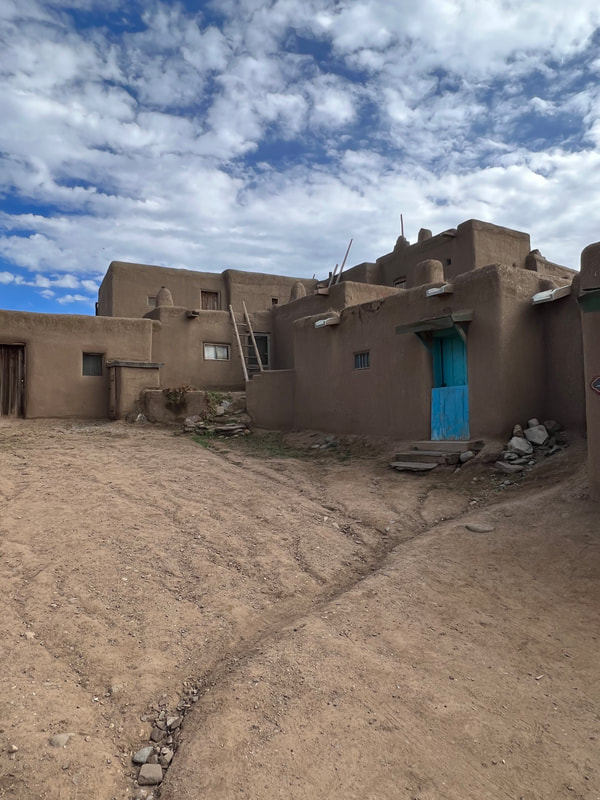
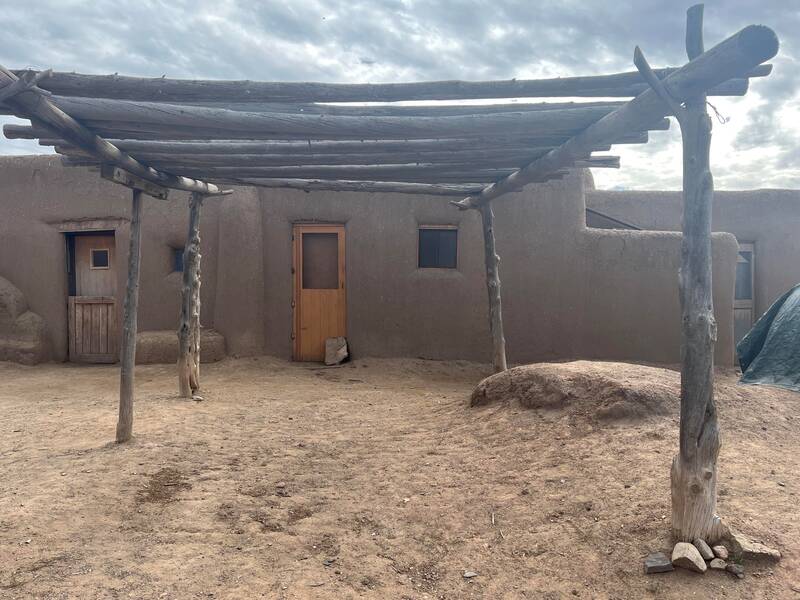
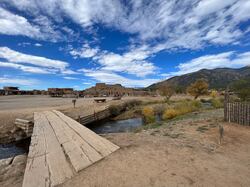
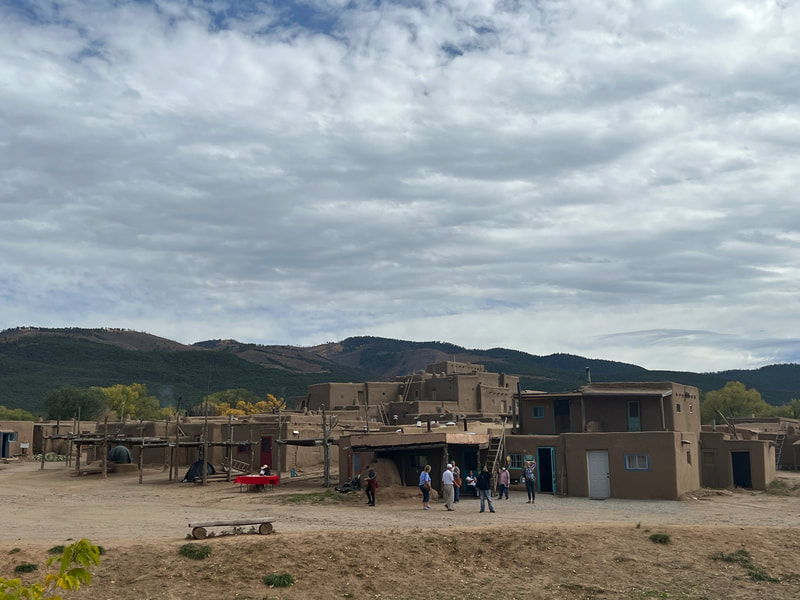
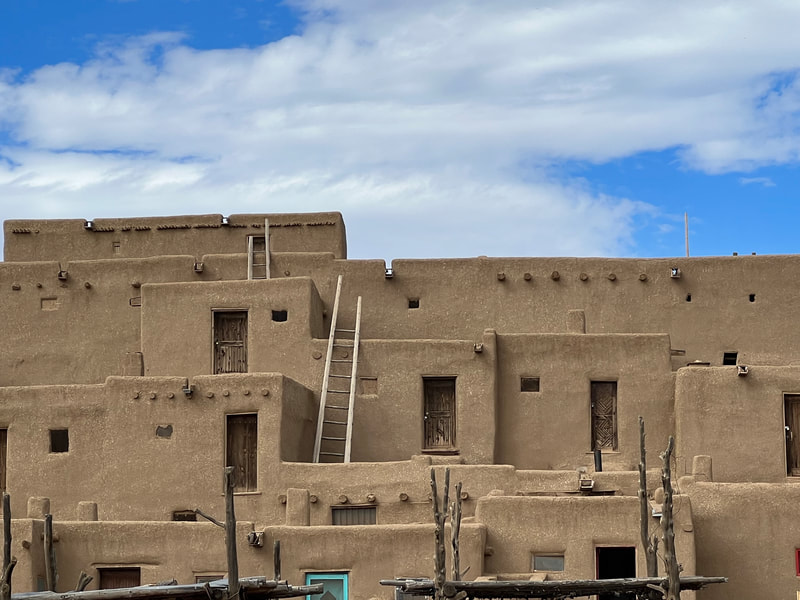
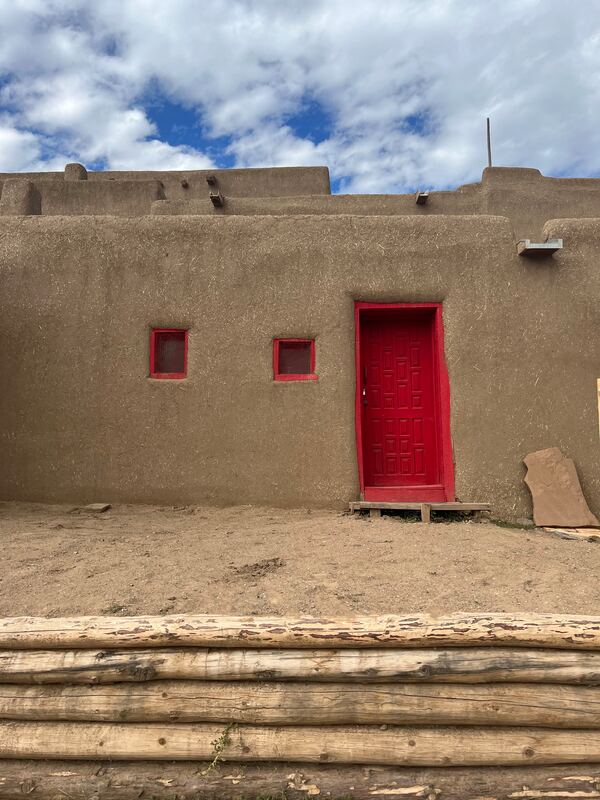
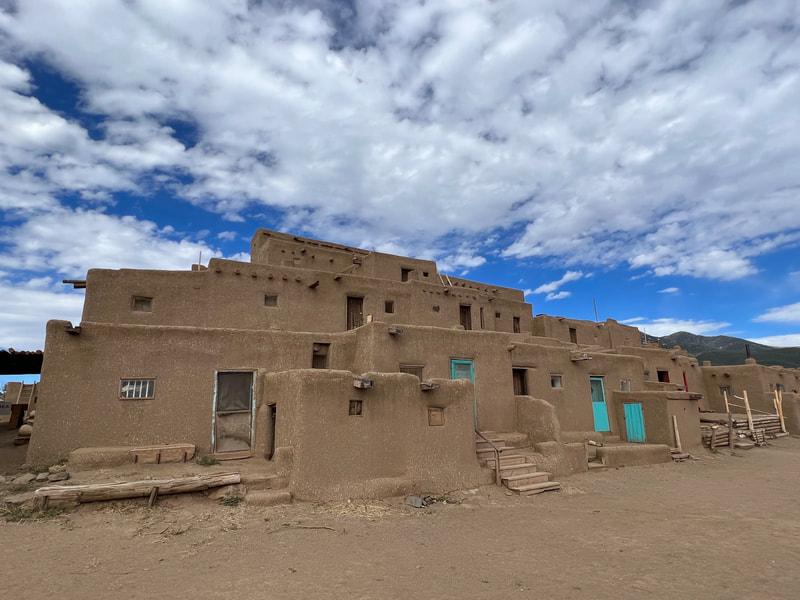
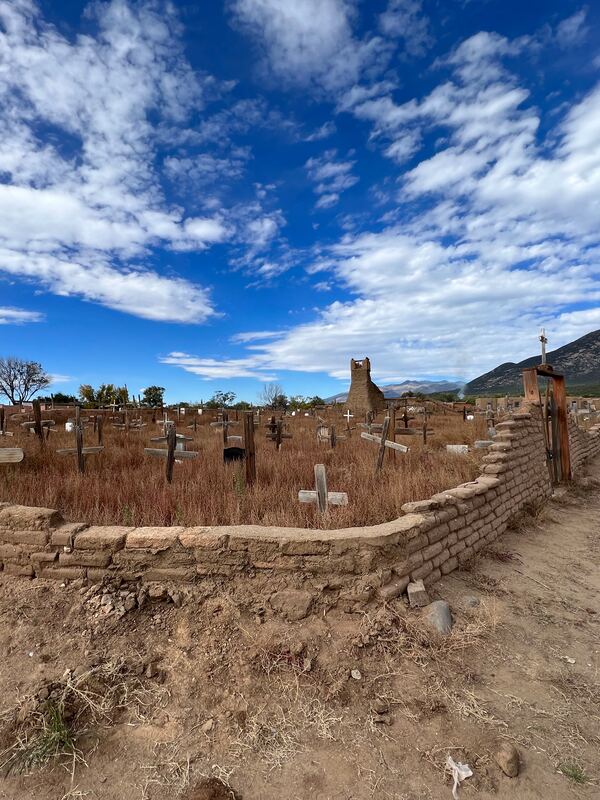
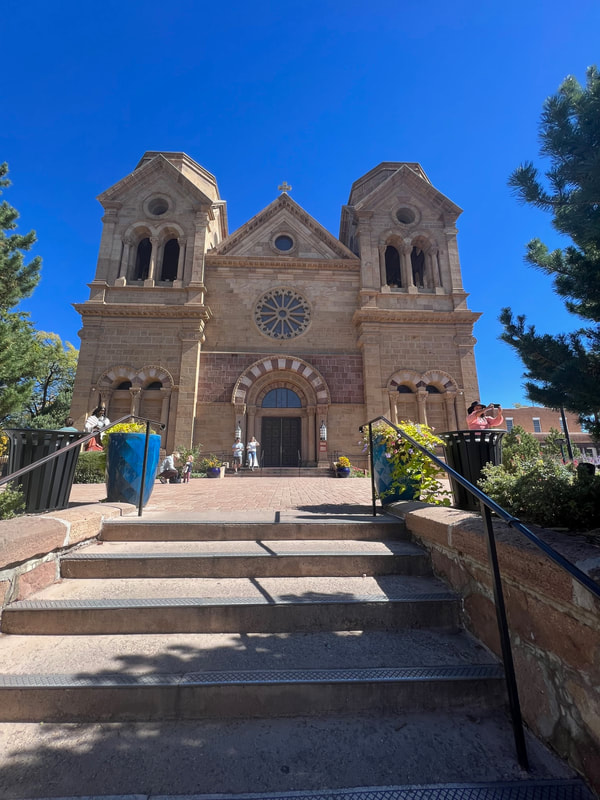
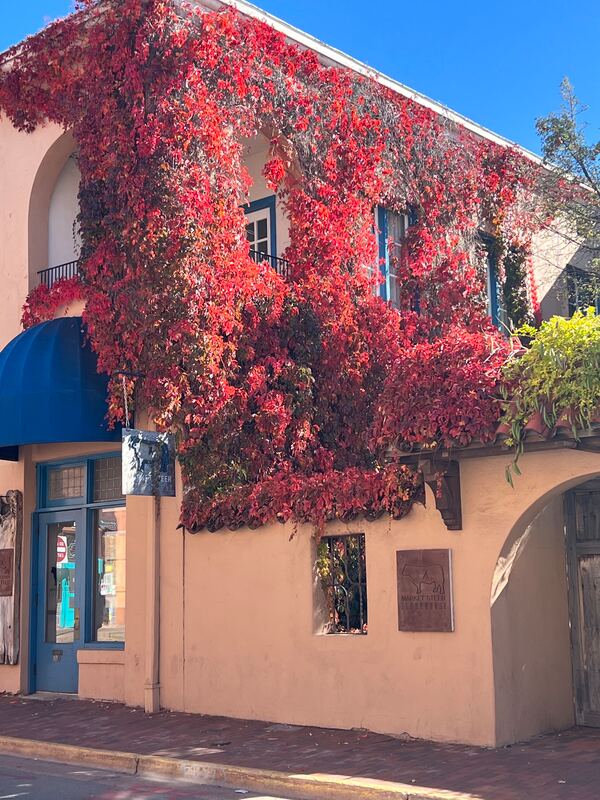
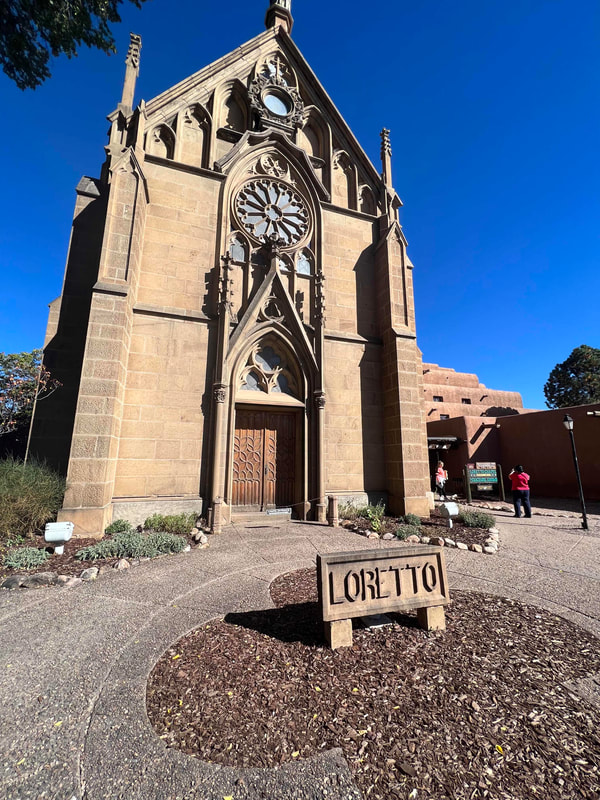
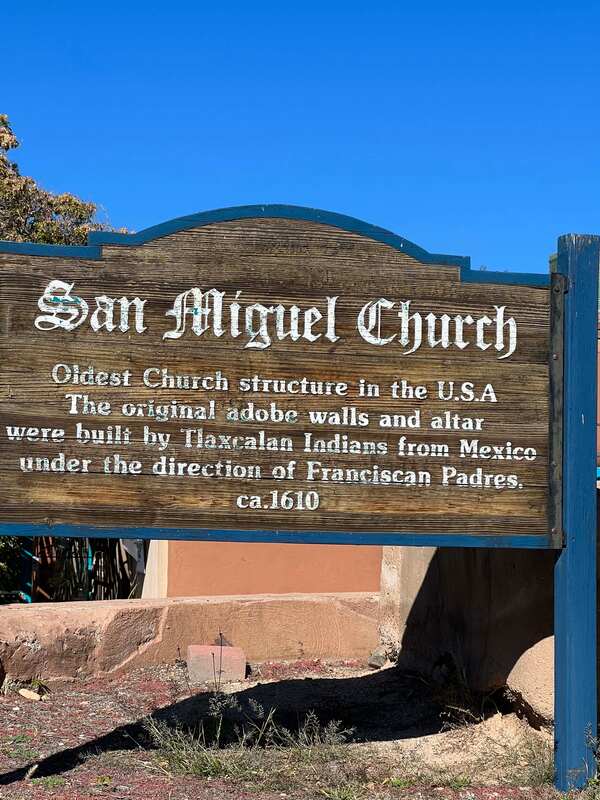
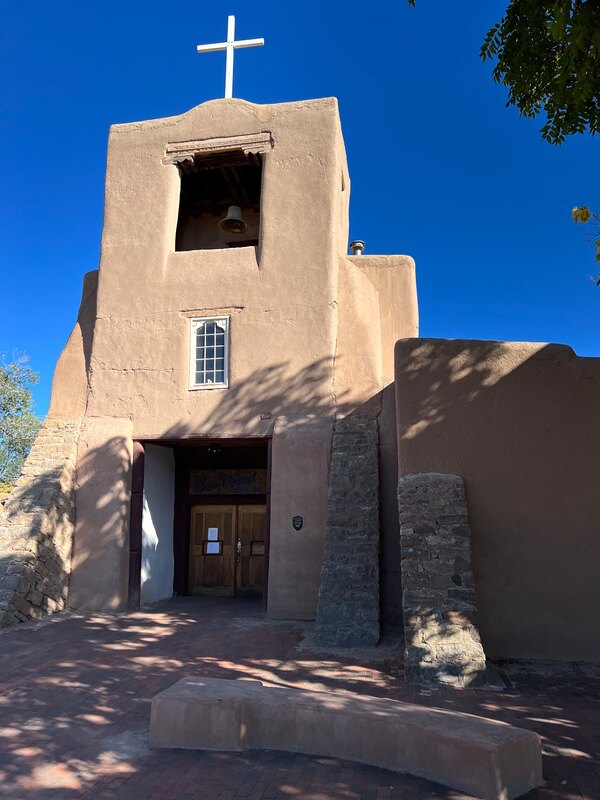
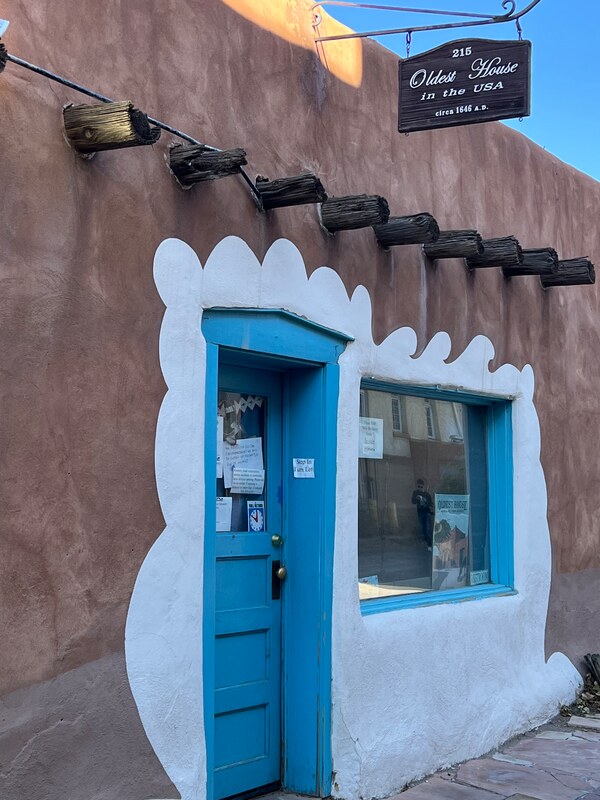
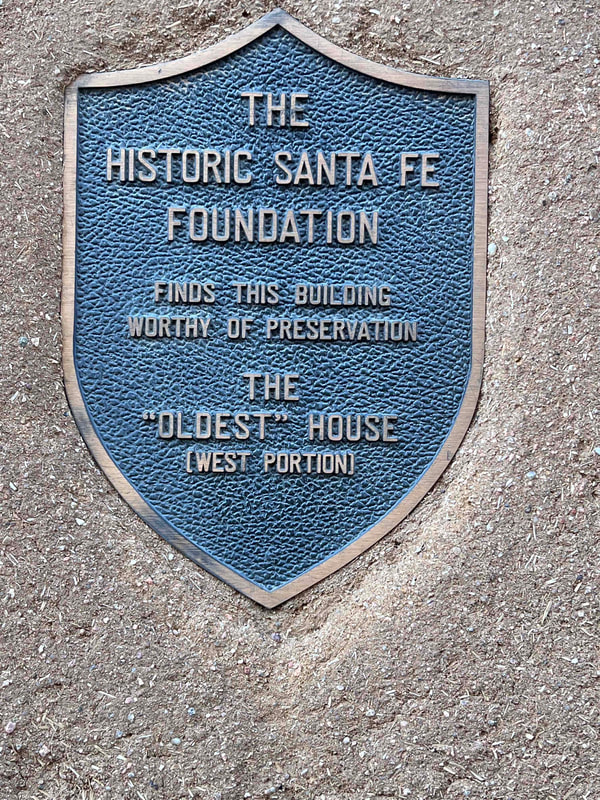
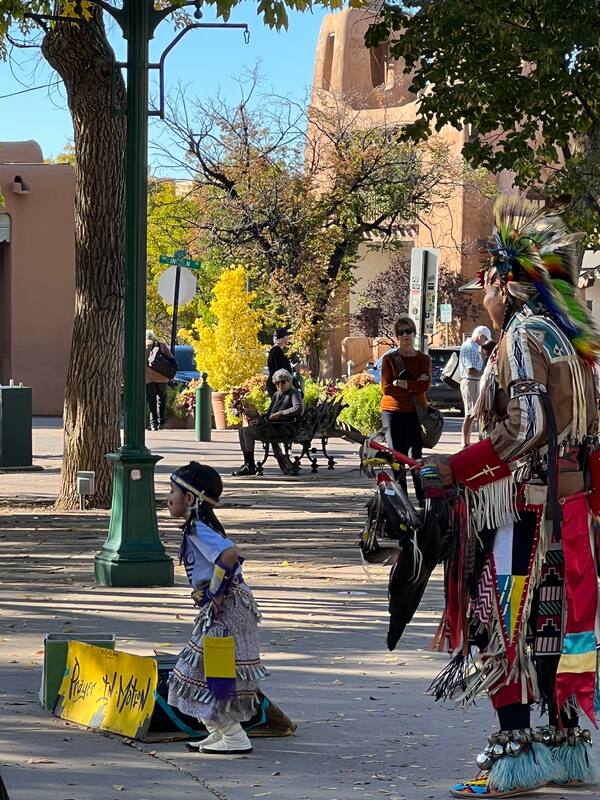
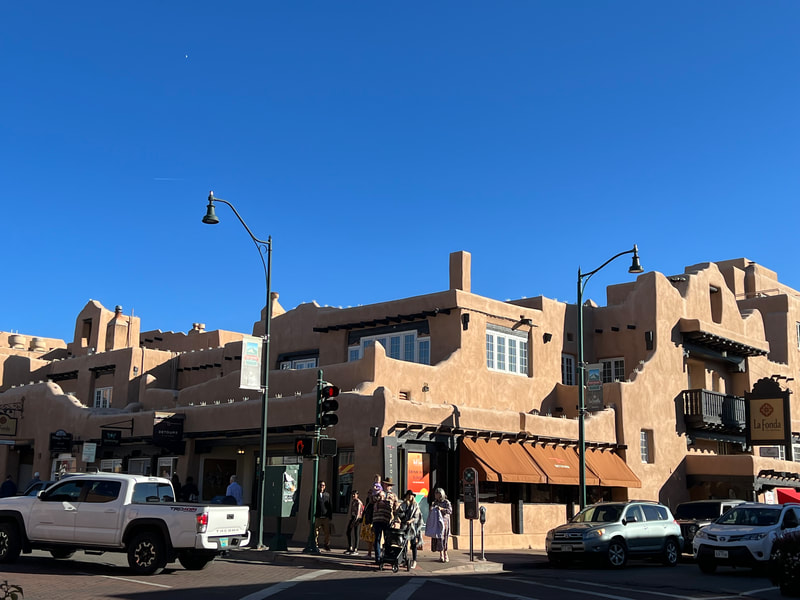
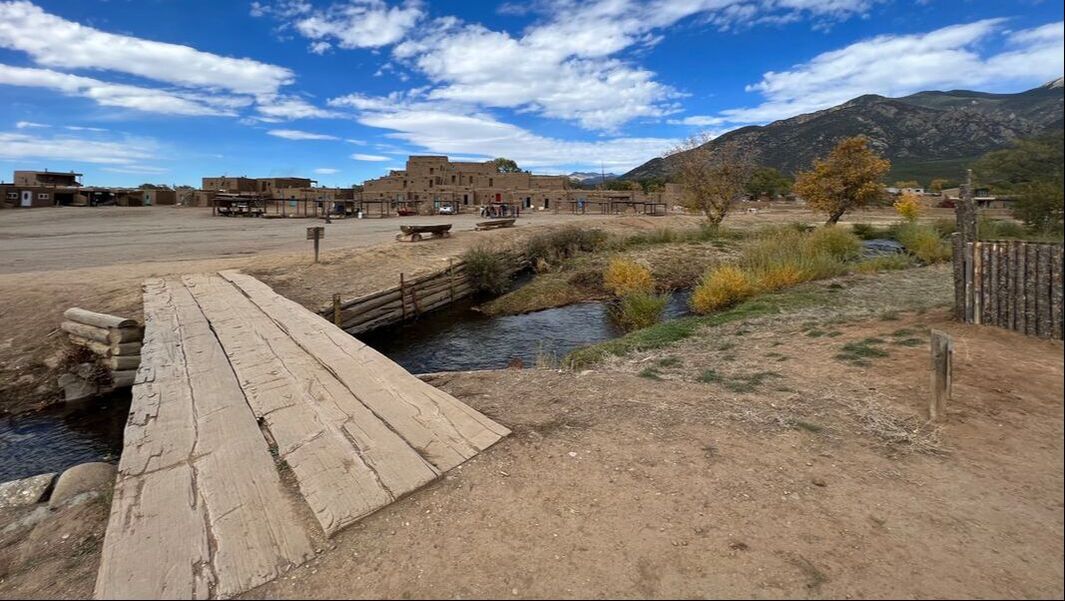
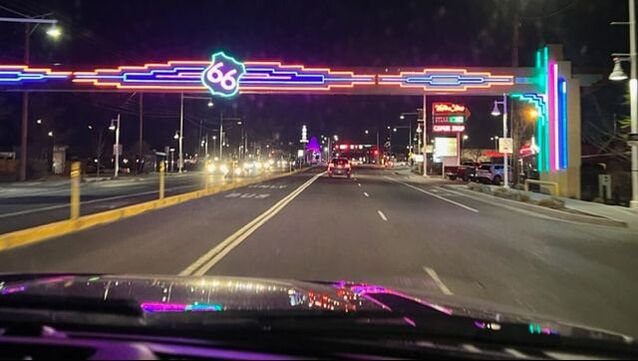
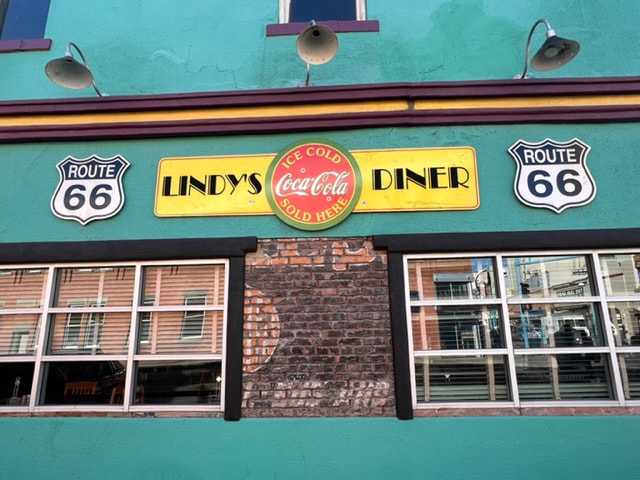

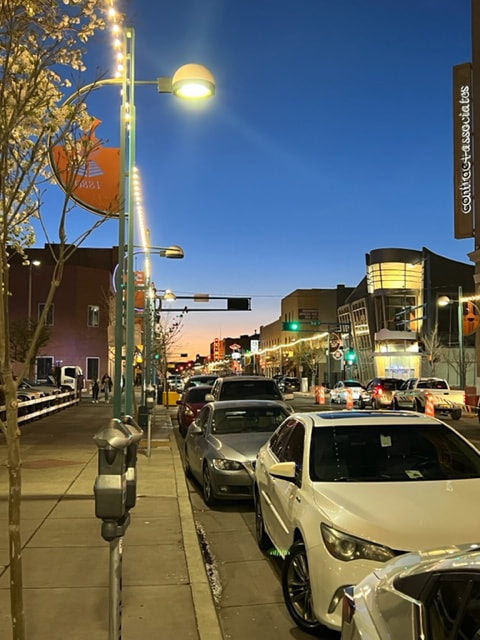
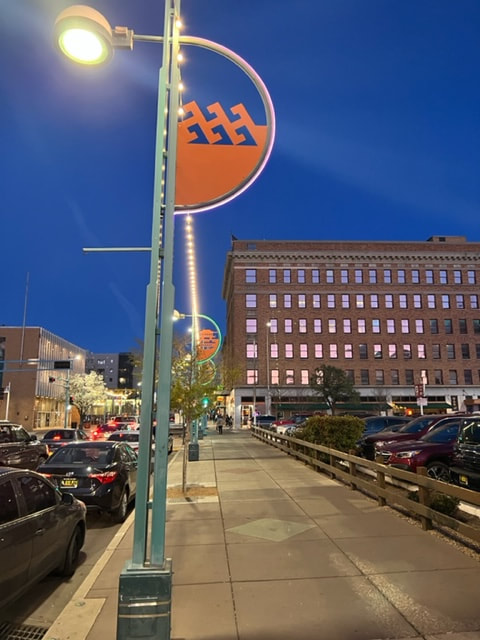
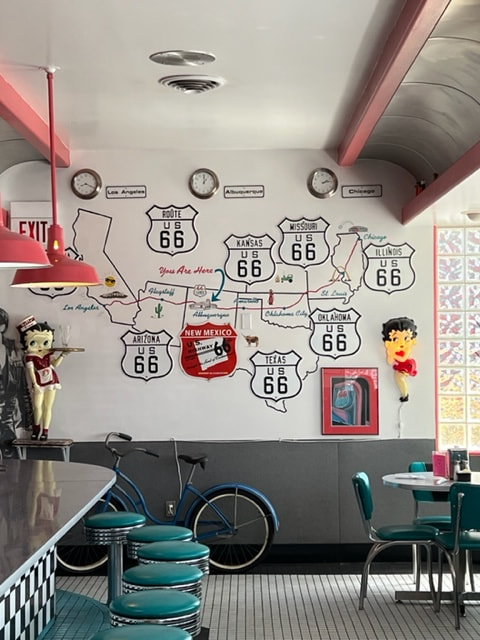
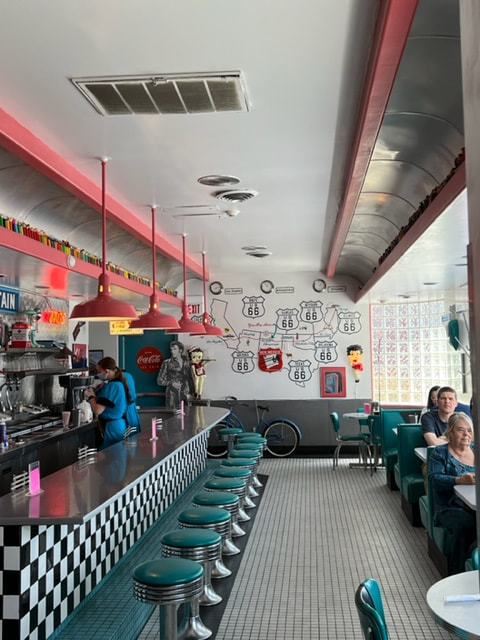
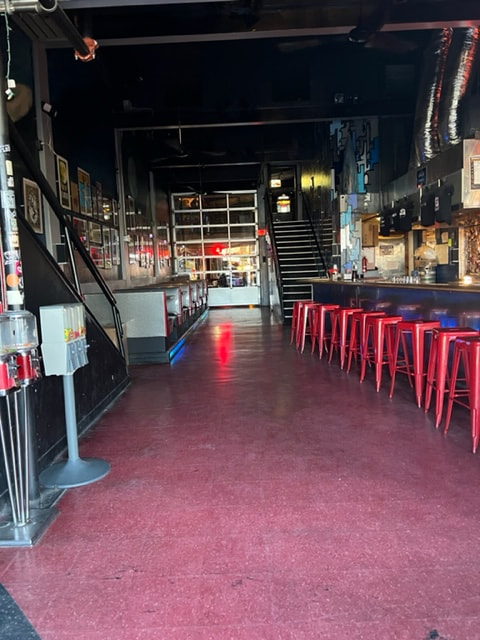
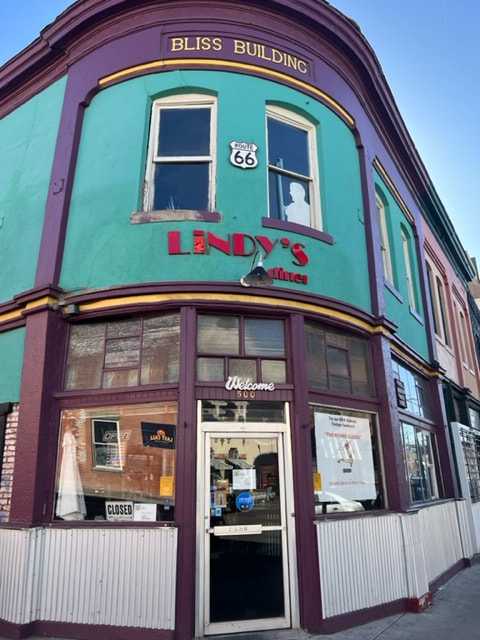
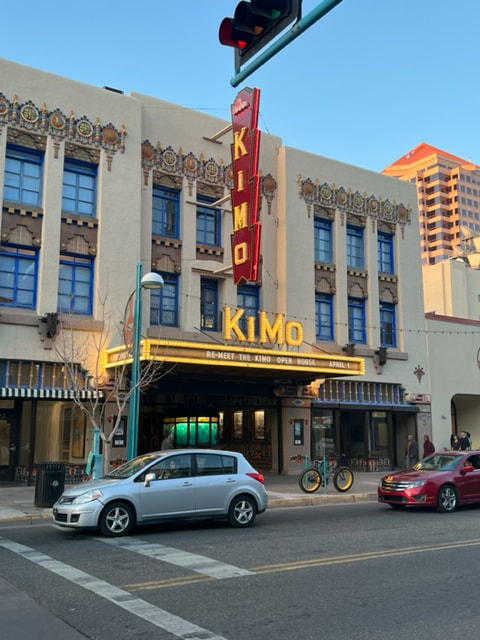
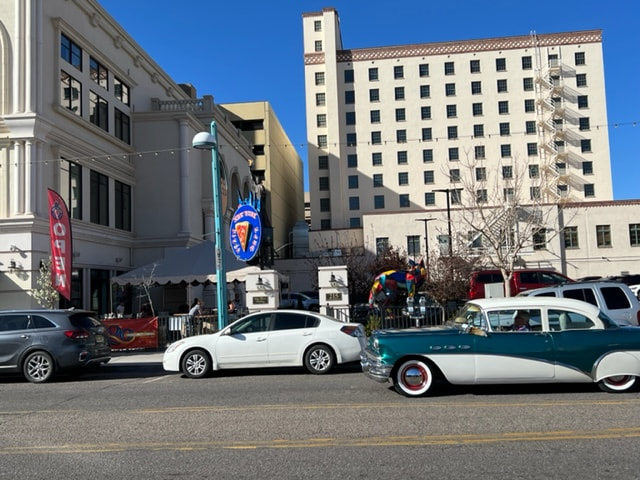
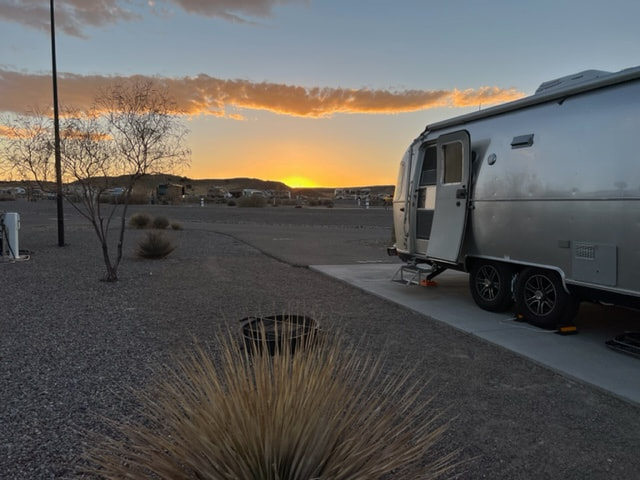
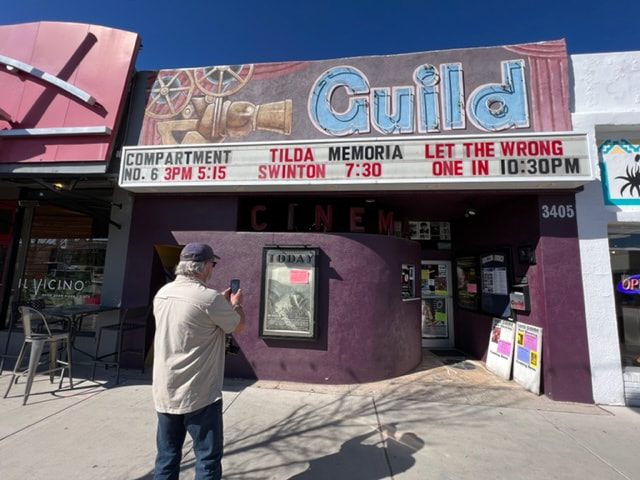
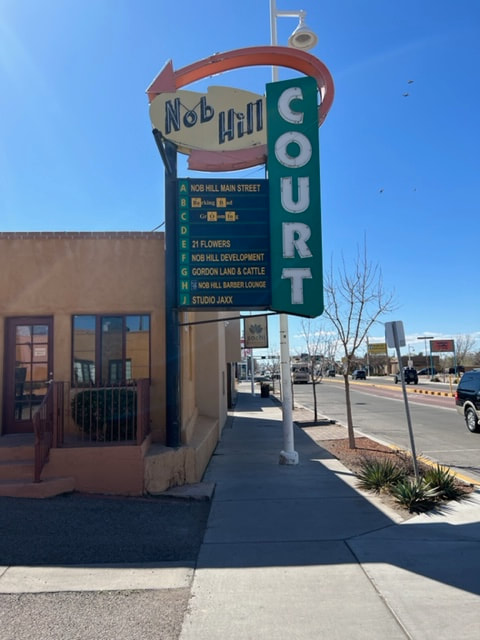
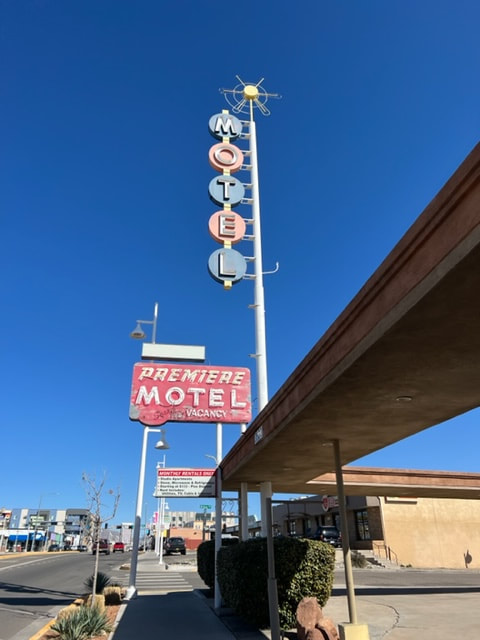
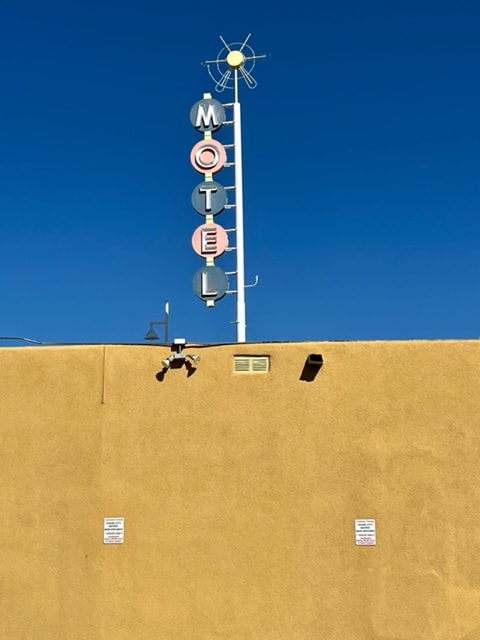
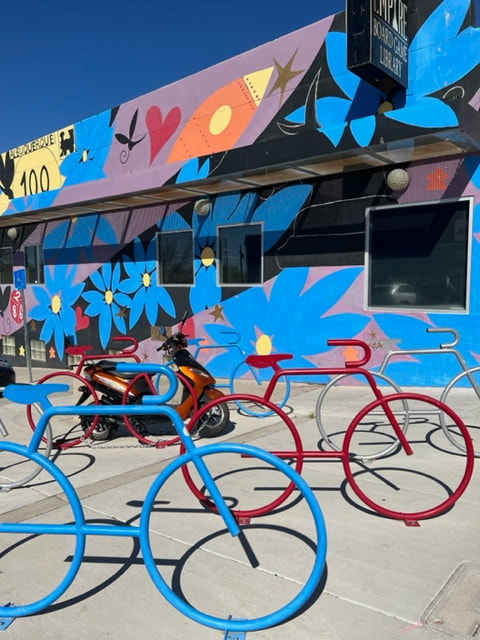
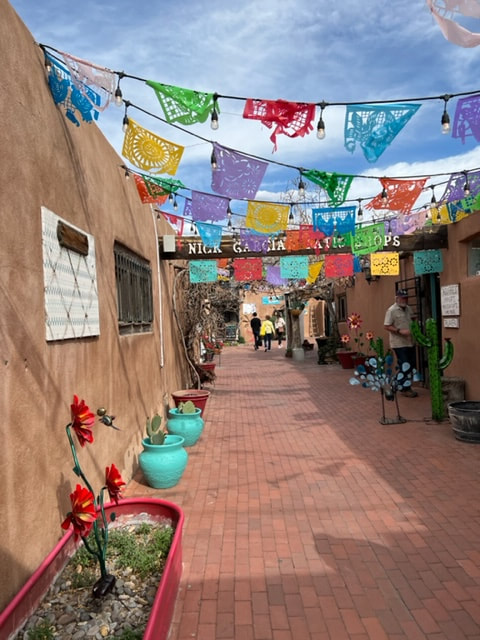
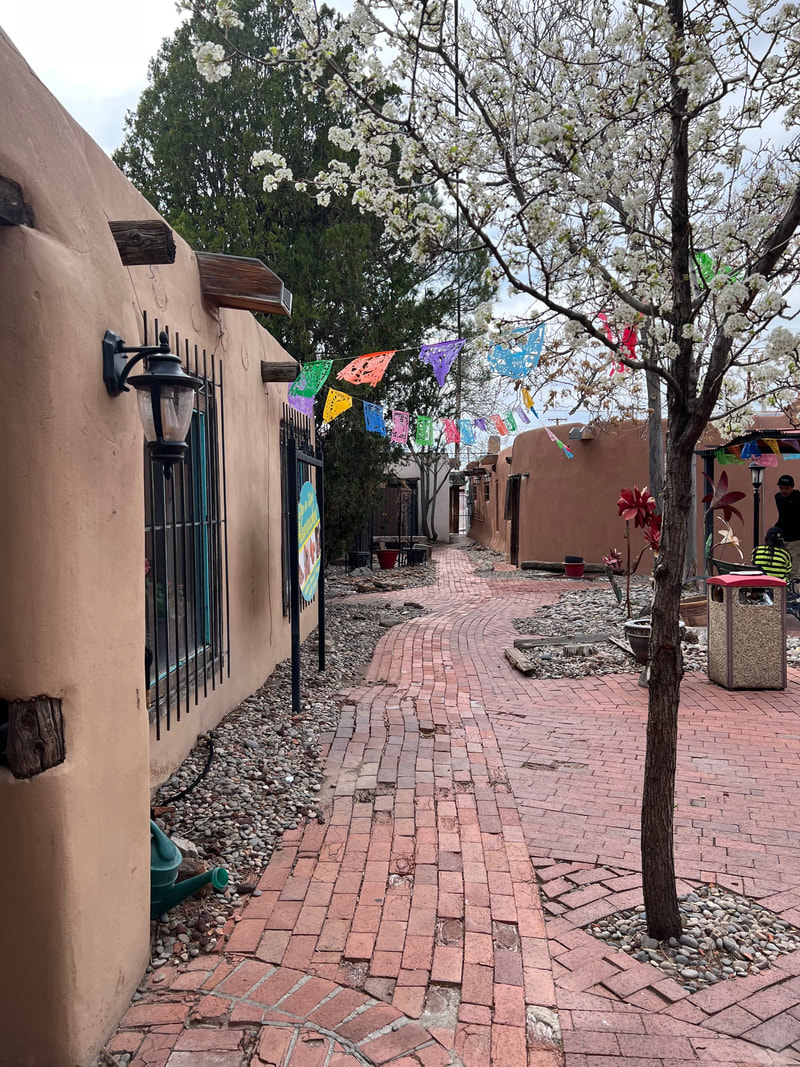
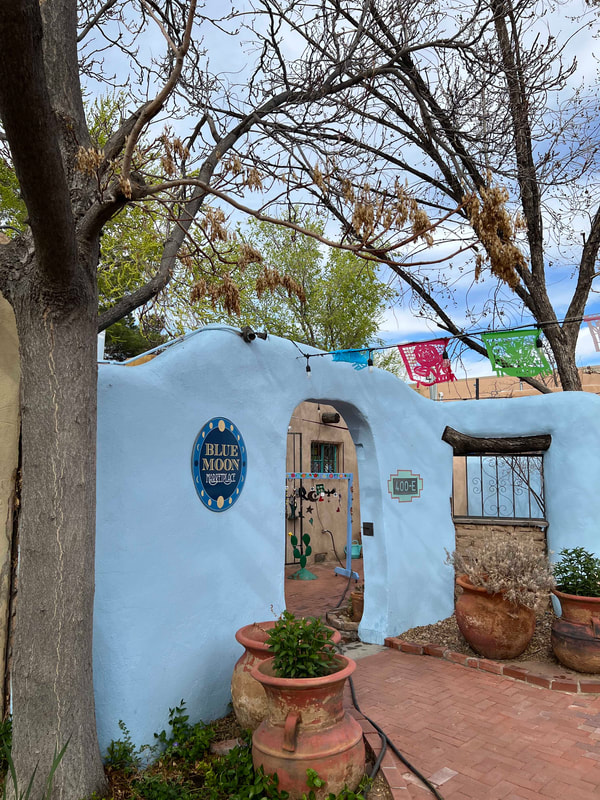
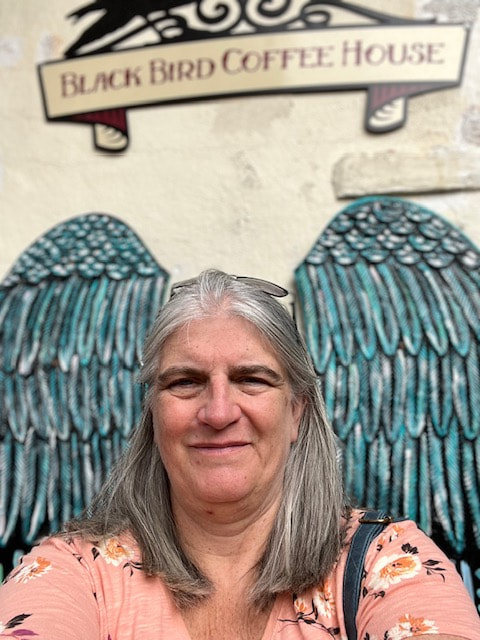
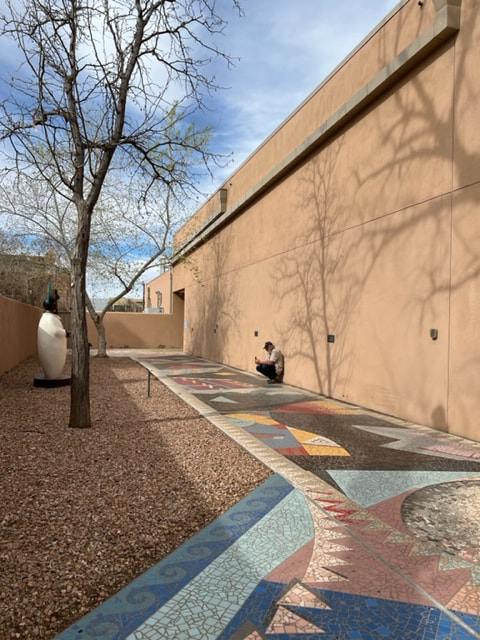
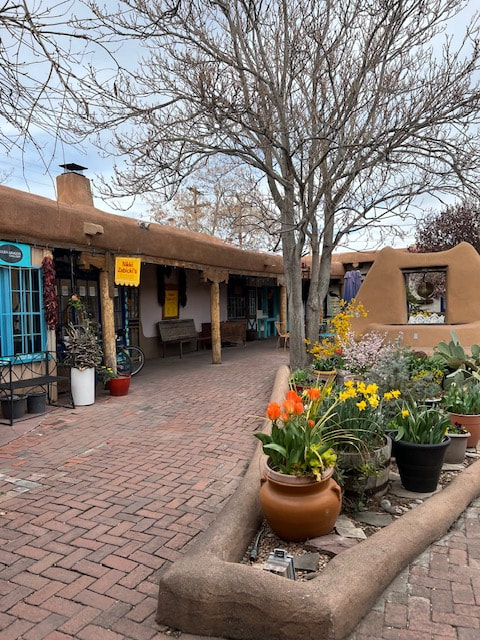
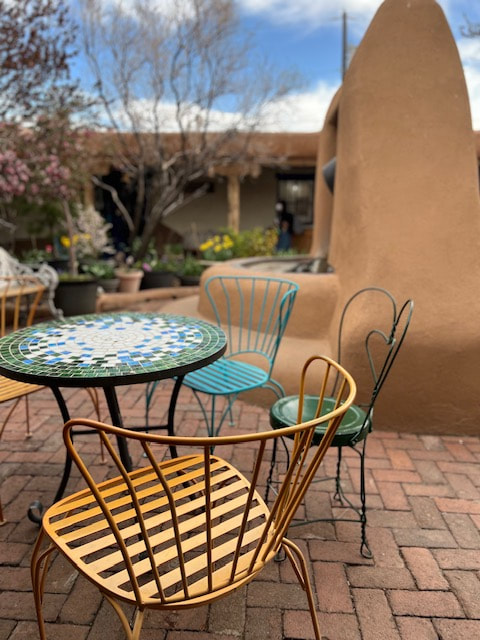

 RSS Feed
RSS Feed
